Vincenzo Torriani: Godfather of the Giro
Procycling looks at the legacy of the visionary Giro organiser, who relentlessly pushed the boundaries and took the race into new territory
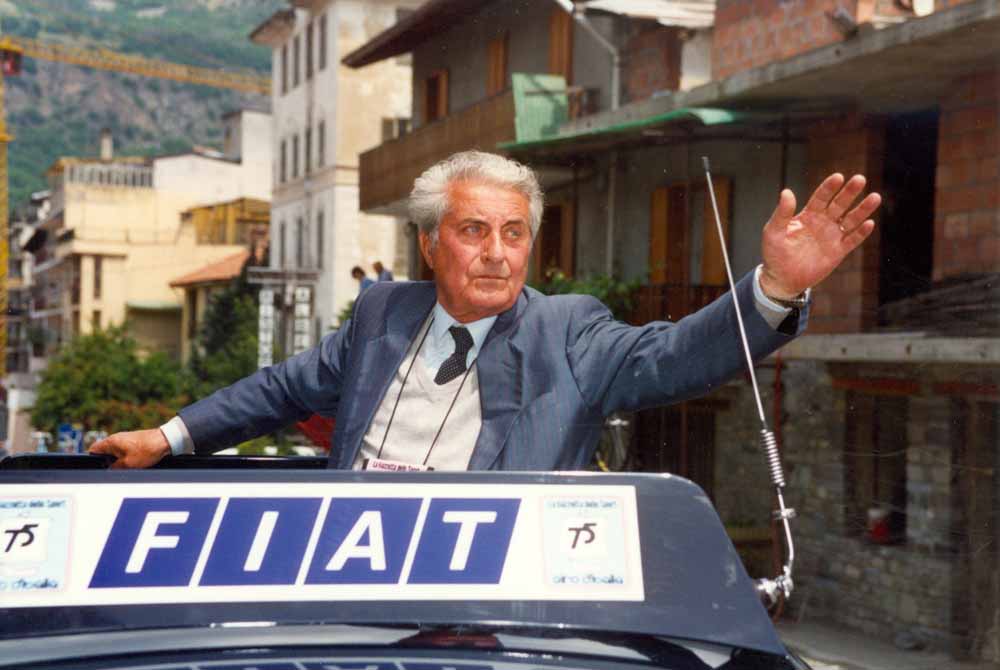
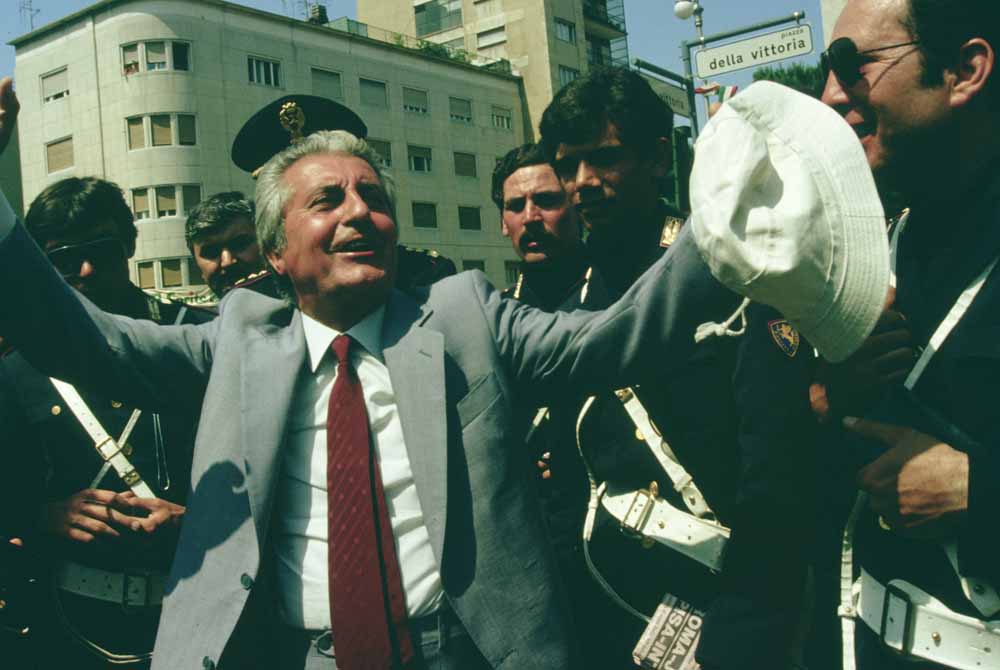
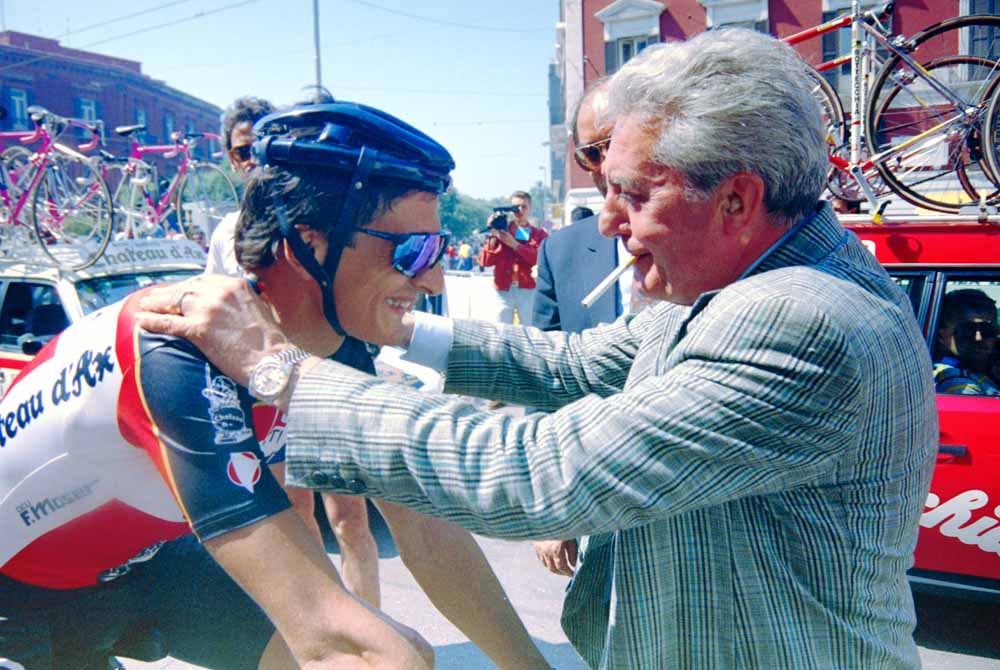
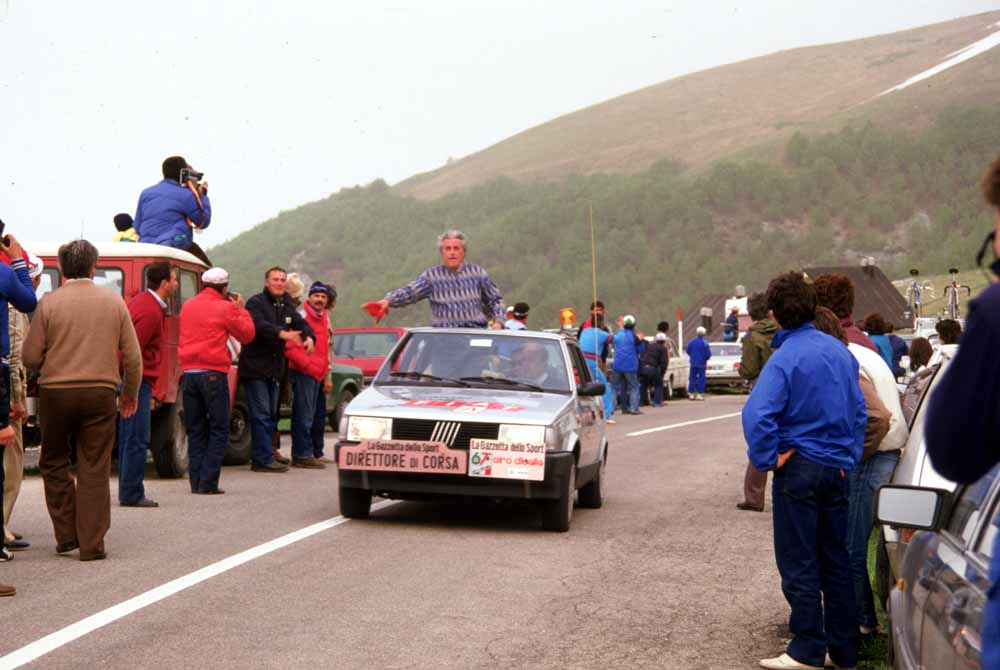
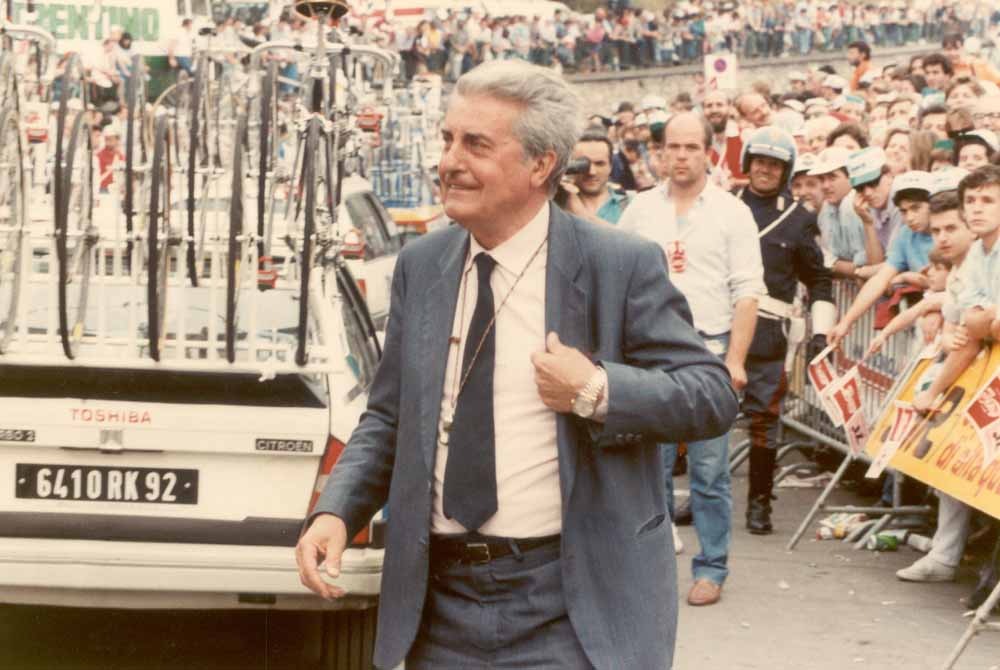
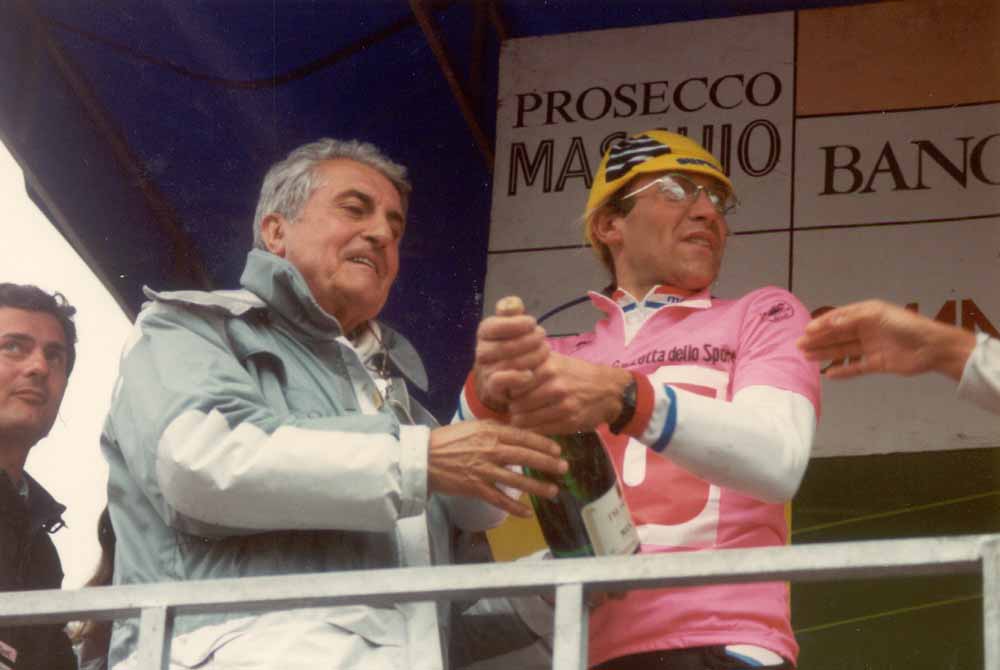
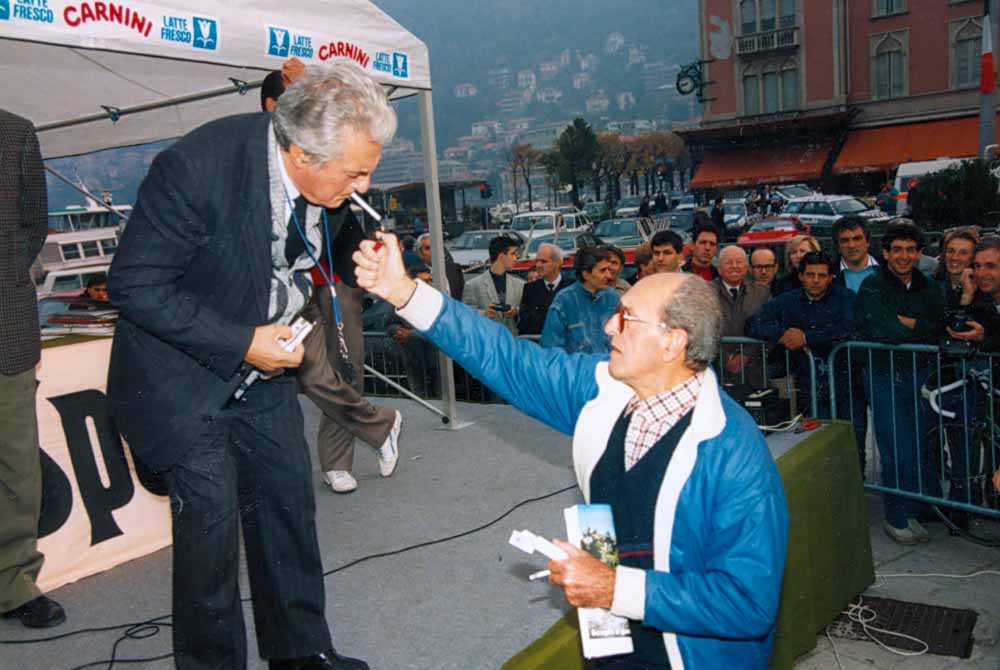
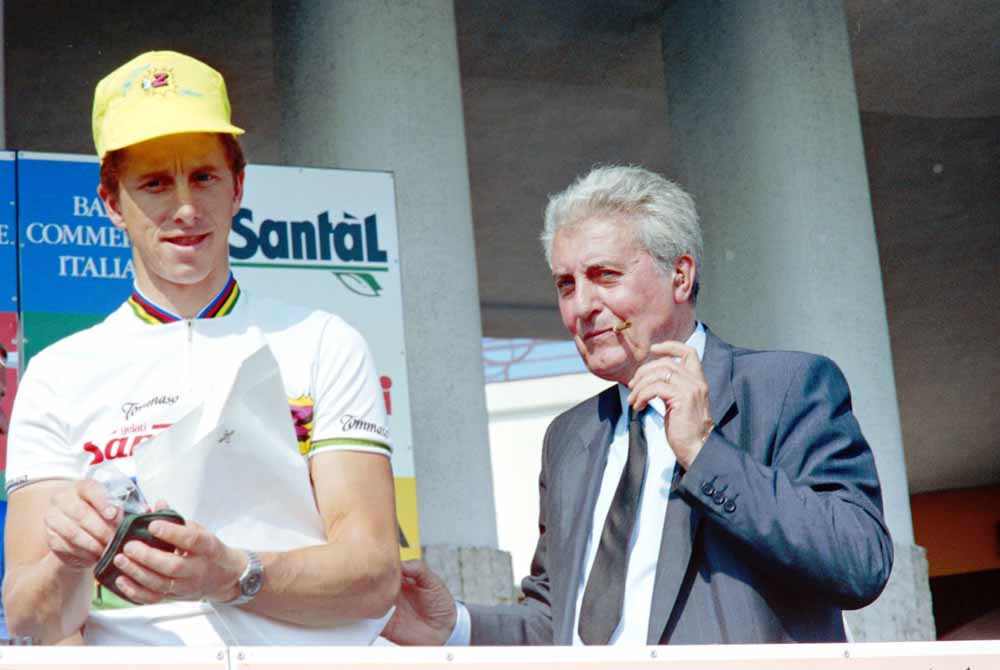
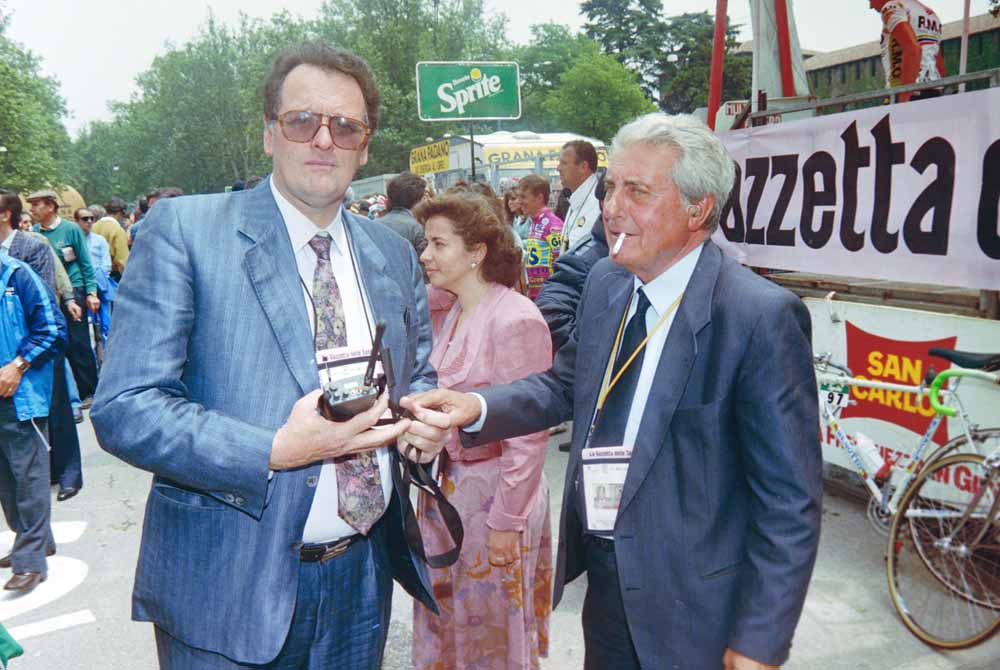
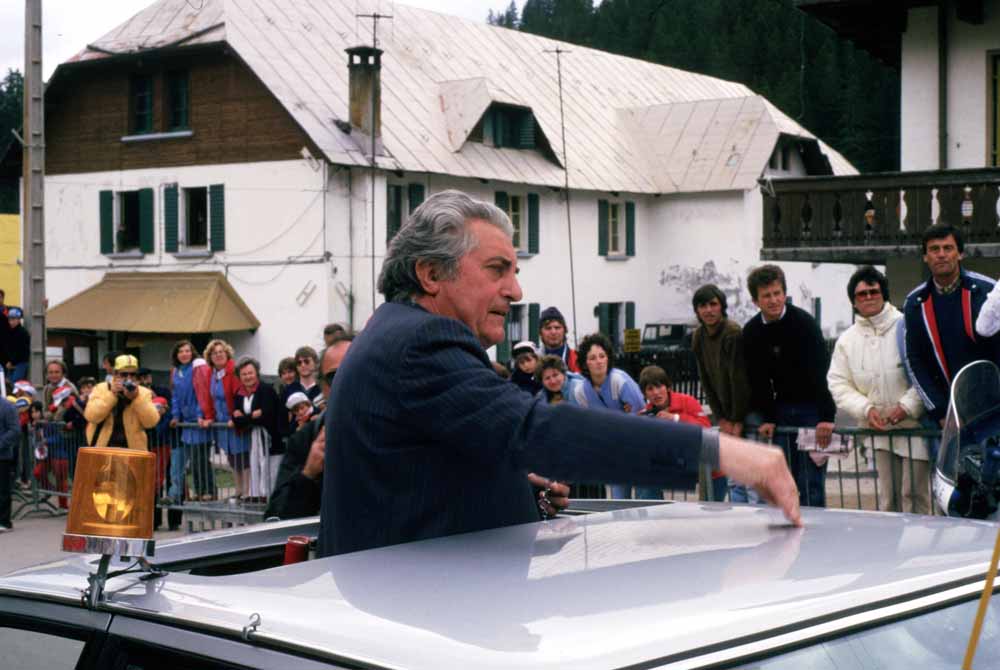
Procycling magazine: the best writing and photography from inside the world's toughest sport. Pick up your copy now in all good newsagents and supermarkets, or get a Procycling print or digital subscription, and never miss an issue.
This article first appeared in Procycling magazine issue 255, 2019
Thirty years ago, at Italian races, you could still come across two men who had coloured much of post-war cycling history in 'the Boot'. Gino Bartali was a fixture at the big races like Milan-San Remo, the Giro d’Italia and the Tour of Lombardy. He never really seemed to be doing much, to the extent that I pondered what his role was.
Then one day I figured it out: Bartali’s job was to be Bartali. He was invited to the race to maintain a link back to the glory days of his jousts with Fausto Coppi and Fiorenzo Magni. He didn’t have to say or do very much, but his presence alone would remind Italian cyclists, media and fans of their heritage, and emphasise why whichever race it was still mattered. By the late 80s and early 90s, Bartali looked like a gnomic parody of his former self, but was still the focus of public adulation.
Vincenzo Torriani, on the other hand, was still as suave and elegant as in the years of his pomp, but remained more in the background. Few of the fans seemed to recognise him, but with the older journalists – of the Coppi years – the embraces were warm and long.
Torriani had begun organising the races in La Gazzetta dello Sport’s stable after the Second World War, and ceded day-to-day control to Carmine Castellano in 1989, but remained there in the background. He was still fabulously elegant, dressed in his three-piece suits, hair perfectly coiffed with not a lick out of place, and always had a cigarette, which was his personal trademark, clamped to his lower lip as if it had been superglued.
"Torriani was Napoleon," wrote La Gazzetta dello Sport journalist Claudio Gregori. "For him, Italy was a land waiting to be conquered… the Italians recognised two people at first sight: Torriani and the Pope."
Get The Leadout Newsletter
The latest race content, interviews, features, reviews and expert buying guides, direct to your inbox!
Another Gazzetta writer, Pier Bergonzi, felt that Torriani was "a giant, a legendary figure. His charisma and the aura that had been burnished by history made him a sort of saint among race organisers. His words carried the weight of a voice marked by the passage of time."

Torriani’s links went right back to the Giro’s founder Armando Cougnet. Just as the major lines of today’s Tour owe much to its long-time organiser Félix Lévitan, many of the celebrated locations in today’s three great Italian races were uncovered by Torriani. The legends and stories of Coppi, Bartali, Anquetil, Merckx, Hinault, Moser, Saronni, Roche and Hampsten were formed against a backdrop forged by Torriani’s daring and determination.
Like Lévitan, Torriani was an autocrat, but with the charisma that is innate to so many Italians. The Giro’s ‘last boss’ had come to the race from a non-cycling background. His family ran an olive oil plant, but instead of succeeding his father after the Second World War, young Vincenzo opted for organising events on behalf of Azione Cattolica, an organisation linked to the church. Torriani began by putting on plays and shows, then moved into sports events, which brought him into contact with Cougnet at the Giro’s organising newspaper La Gazzetta dello Sport.
He and Torriani faced a massive challenge: the 1946 Giro was run through the war-torn remains of Italy, on roads so damaged that stretches of surface were mentioned in the race manual in the same way we might now list sections of cobbles, crossing the temporary bridges put up by the Allies as they drove out the Germans. The race visited Trieste, then a province contested by both Italy and Yugoslavia, and as they crossed the border the riders met a hostile crowd throwing stones. Security forces shot in the air. The riders knew what gunshots sounded like and ran for cover, too.
Eventually Torriani smuggled 17 die-hards past the road blocks in American military lorries to enable Trieste to have its stage finish. That became his trademark: getting the race through, no matter what.
A pioneer in taking races to new places
The constant need for novelty, the process of exploring fresh locations and presenting them to the public was what drew Torriani into cycling. "My Giri are like my sons," he said. "I feel I have created them, every one different."
My favourite on the Torriani roll of honour is his Giro start in Venice in 1978. That has to be the ultimate challenge for a road race organiser; Venice has no roads within its historic centre capable of taking motor traffic.
On the other hand, Venice’s Piazza San Marco is one of the most evocative places in Italy. To run his race past the lapping waves, the ancient basilicas and the multitude of small boats, Torriani arranged for a succession of ramps to be set up over the bridges along the Zattere embankment on the city’s south side, with a 400m long pontoon bridge taking the riders across the basin at the entry to the Grand Canal, and on into San Marco. It was crazy – anti-slip mats had to be put on all the ramps – but the images were fabulous: Francesco Moser on the front page of Gazzetta racing against the backdrop of the great Salute Basilica. A similar bridge is now used for the Venice marathon.
San Marco, with its pigeons and gondolas, was far from the first location on Torriani’s hit-list. A year earlier, he had been leafing through his Baedeker, and off the Giro went to Piazza dei Miracoli in Pisa, home of the Leaning Tower. The Vatican had been ticked off in 1974, and in 1981 and 1986 Torriani would add two more iconic tourist locations: the Arena at Verona and Piazza del Campo in Siena.

Hunting down celebrated backdrops is meat and drink now for race organisers, but Torriani was a pioneer in his belief that a race should go pretty much anywhere, however improbable.
The 1973 Giro is immortalised in the film Stars and Watercarriers by Jørgen Leth. That year, Torriani opted for a start in the Belgian town of Verviers, followed by stages to Maastricht, Cologne, Luxembourg, Strasbourg and Geneva, finally taking the race caravan through the Mont Blanc tunnel into the province of Aosta; Torriani had pondered this since the 50s and turned it into a tribute to the fledgling EU’s first growth spurt, when the UK and Ireland joined. He was ahead of his time, prefiguring Jean-Marie Leblanc’s ‘euro’ Tour de France by 19 years. This sort of extended foreign start is now routine for Grand Tours, but in the 1970s, it was truly radical.
The ‘euro-Giro’ was one of Torriani’s personal high points, another was the first ascent of the Passo del Gavia in 1960. By then, Torriani had a reputation for taking the Giro to places that looked impossible to more cautious souls. Questions had been asked about the Stelvio in 1953, and in 1956 he persisted with staging the finish atop Monte Bondone in snowy weather. The gamble paid off, forging the reputation of Charly Gaul. Torriani’s attitude to bad weather was robust. His motto: "If it rains, you get wet."
The Gavia, however, was tackled against the wishes of the director of La Gazzetta dello Sport, Giuseppe Ambrosini, who knew that snow was forecast, and felt that 24 hours before the finish in Milan, the risks were too great. There was also a danger that race vehicles might break down and block the narrow trackway: Torriani’s plan was for them to be thrown off the side, and he took out insurance for any damage caused in this way.
The stage went ahead successfully, with Imerio Massignan leading the race past vast snowdrifts as his tyres sunk into the mud. In a similar vein, finishing the last stage of the Giro right on top of the Stelvio in 1975 was yet another gamble, as a snowstorm could have made the entire race end in anticlimax. But again, it paid off. "You always have providence on your side," said his boss.

Away from the Giro, Torriani’s influence is evident in the Italian classics. We now watch Milan-San Remo and see the build-up over the Cipressa and the finale on the Poggio as part of the furniture. It’s not always been that way. Torriani included the Poggio in 1960, as it became apparent that the traditional ascents over the little capi on the Mediterranean coast road were no longer enough to split the field. The Cipressa was brought in for the same reason in 1982; evolving the race in this way enabled it to survive while using essentially the same route.
Il Lombardia similarly includes one of Torriani’s most controversial discoveries, the ludicrously steep Muro di Sormano in the hills between Como and Lecco, which he came across on a family holiday. "The wall did not exist on any maps; it was a mule track which had to be opened up and given a name," wrote Bruno Raschi. The climb was used only three times before it was abandoned as the riders felt it was too tough; it was put back in from 2012.
Torriani was a man of messianic vision. Some projects remained on the drawing board, including an entire Giro by sea, with everyone on the race doing the transfers by boat, while the riders raced along the coast and visited Sardinia and Sicily. Boats were risky, but Torriani clearly had a penchant for them. In 1961, he took the race to Sardinia aboard a rented ferry. After Sardinia, the ferry took the caravan to Marsala in Sicily, where the port proved too small to accommodate it; to disembark riders and cars, he called upon local fishing vessels.
Other ideas that bit the dust included taking the Giro to Greece in 1964 to celebrate Olympic year, and starting the Giro with a time trial across Berlin going through Checkpoint Charlie. Torriani was ahead of his time again. The Giro finally travelled to Greece in Olympic year in 1996 for a stage in front of the Parthenon, while the 1987 Tour began in West Berlin.
The downfall
By the 1980s, the fault lines were creeping in. The Giro boss had always been one for tweaking his routes to favour a particular scenario, for example including a 48km stage to the top of Blockhaus in 1972 in an attempt to enable José Manuel Fuente to break Eddy Merckx’s stranglehold. Later, he brought in sprint time bonuses to further the cause of a win for Giuseppe Saronni.
In 1984, however, he went too far in a Giro won by Moser with a spectacular final time trial in Verona, at the expense of Laurent Fignon, who was in the form of his life. Moser had just taken the Hour Record and Milan-San Remo, but was struggling in the mountains against the Frenchman.
Fignon stated in his autobiography that Torriani "had made it clear which side he was on", and said that he remained convinced that the race organiser had dropped the Stelvio from the route to put him at a disadvantage, claiming that there was a landslide on the mountain. "Our plan for a huge offensive had been wrecked by the duplicity of the organisers, who had little regard for the rules of sport."
That might sound unlikely, but three years earlier, the Inoxpran team manager Davide Boifava asked for a video camera to be fixed in the car that would follow Giuseppe Saronni – who was up against Inoxpran’s Giovanni Battaglin – in the final time trial to ensure that the race was run regularly. Nothing untoward happened, but the fact that Boifava felt such a step was necessary says one thing: the Giro was running out of sporting credibility.
It was running out of money, too; Hinault’s second win, in 1982, came after the Rizzoli publishing group, owners of La Gazzetta dello Sport, hit cash-flow problems and could no longer fund the race. Incredible as it may sound now, the route was announced after Milan-San Remo that March, once the Coca-Cola company had come on board.
In 1988 came Torriani’s final spectacular act on the Giro, when heavy snow was forecast over the Gavia in what appeared to be a repeat of 1960. The assumption was that the stage would be cancelled, but Torriani made the riders plough on. The upshot was one of the most spectacular days’ racing the Giro has ever seen. Johan van der Velde, the leader over the top of the climb, lost 48 minutes before the finish, amid apocalyptic scenes. But the spectacle was sobering: the riders risked hypothermia. The next day, the Stelvio was dropped from the route.
The change of philosophy in 1989 was obvious; similar weather hit the race, and stages were cancelled immediately. The Torriani era had come to an end. Torriani lingered on, but like Bartali, he was essentially present as a link to a glorious past.

Back to Torriani’s cigarettes. It’s tricky now to recall the status that was once accorded to smoking, viewed as a sophisticated act à la James Bond or Philip Marlowe. Cycling had its smokers, even among the riders. Bartali, Jacques Anquetil and Gastone Nencini were among those who had felt a quick drag was beneficial as a way of relaxing.
The cigarette had once looked cool, but by the 90s it symbolised where Torriani was: a man out of time. Yet when he died in 1996, he drew warm tributes. There were stories from riders who would raid roadside bars in the 60s and 70s, filling their pockets with bottles and panini.
"Paghera Torriani," they would shout: Torriani will pay. It’s not certain he ever actually got the cheque book out. Robin Magowan, in his book Kings of the Road, wrote: "Torriani has the manner of a man who is everybody’s friend, but when it comes to collecting money he can be a lion."
Sometimes the new Torrianis have failed, for example when Angelo Zomegnan made the decision to run the Giro over Monte Crostis in 2011, which left only acrimony when the climb was cancelled over safety concerns. Sometimes, daring and determination in the Torriani mould still pay off: think of the decision to take the 2010 Giro through horrendous conditions over the ‘white roads’ of Tuscany, an outlandish risk which placed the gravel tracks around Siena at the centre of cycling consciousness, turbo-charging the rise of the Strade Bianche to the status it enjoys today. 'The last boss' would have liked that one.
Procycling magazine: the best writing and photography from inside the world’s toughest sport. Pick up your copy now in all good newsagents and supermarkets, or get a Procycling print or digital subscription, and never miss an issue.
Follow @Procycling_mag